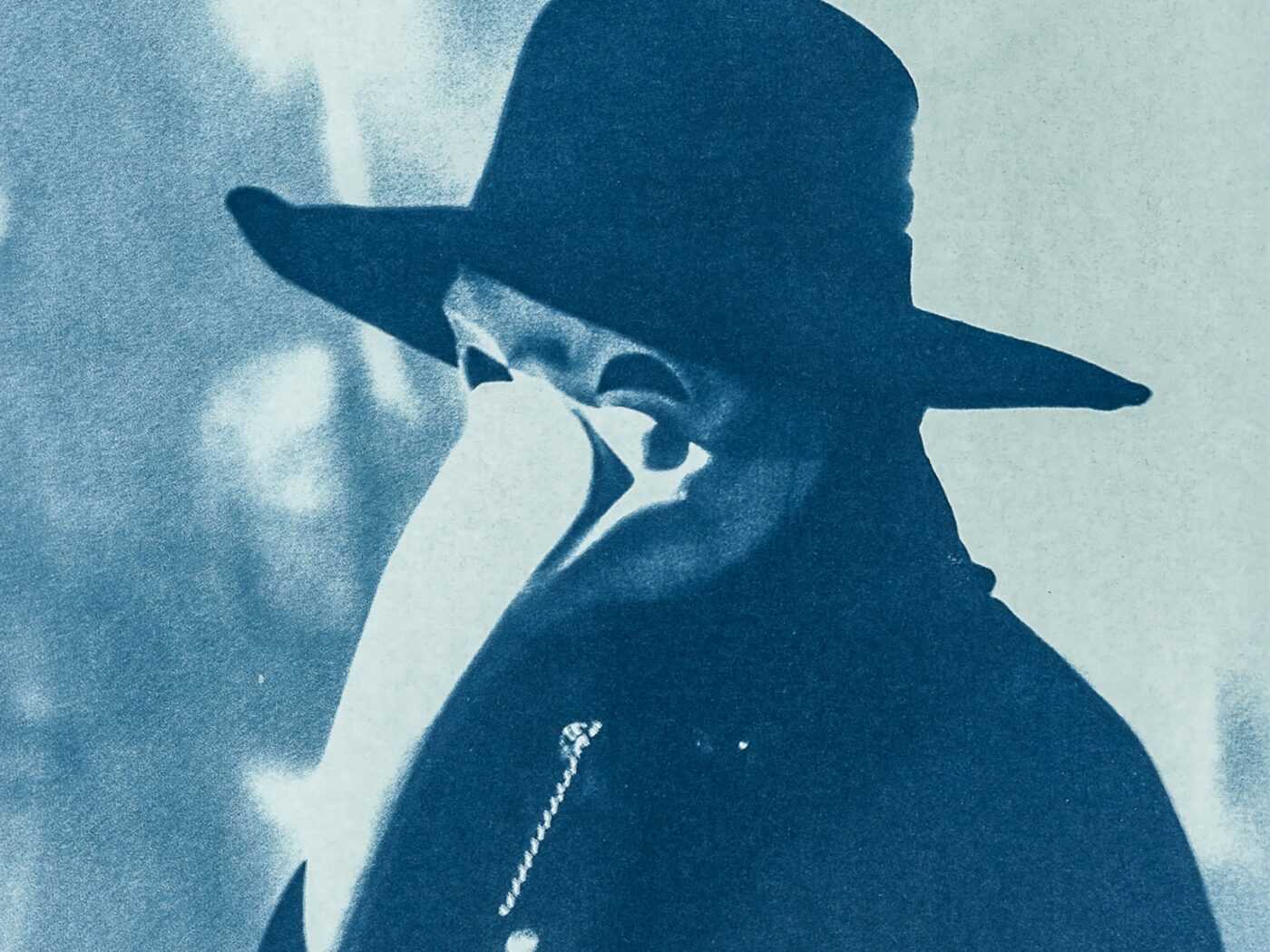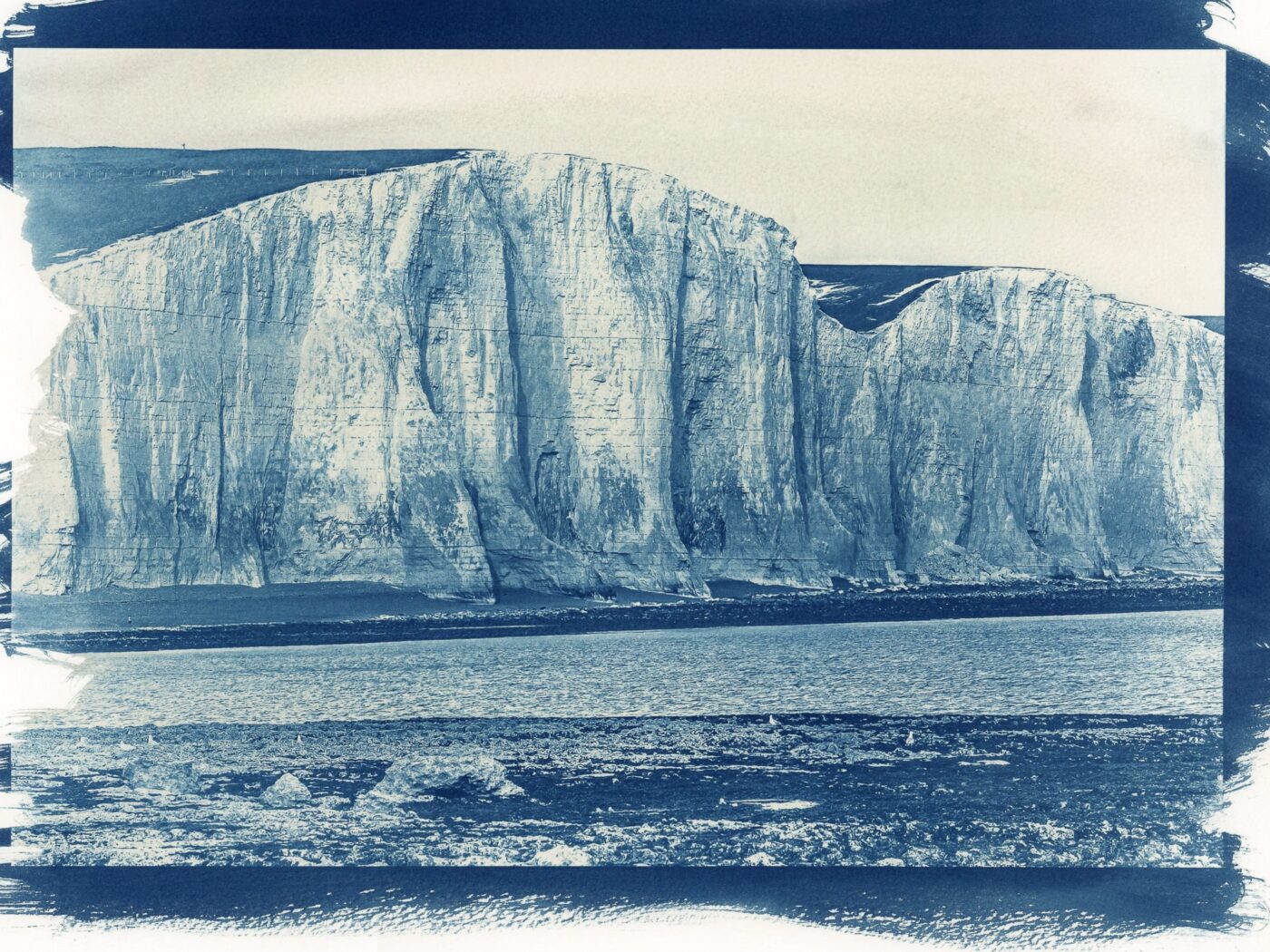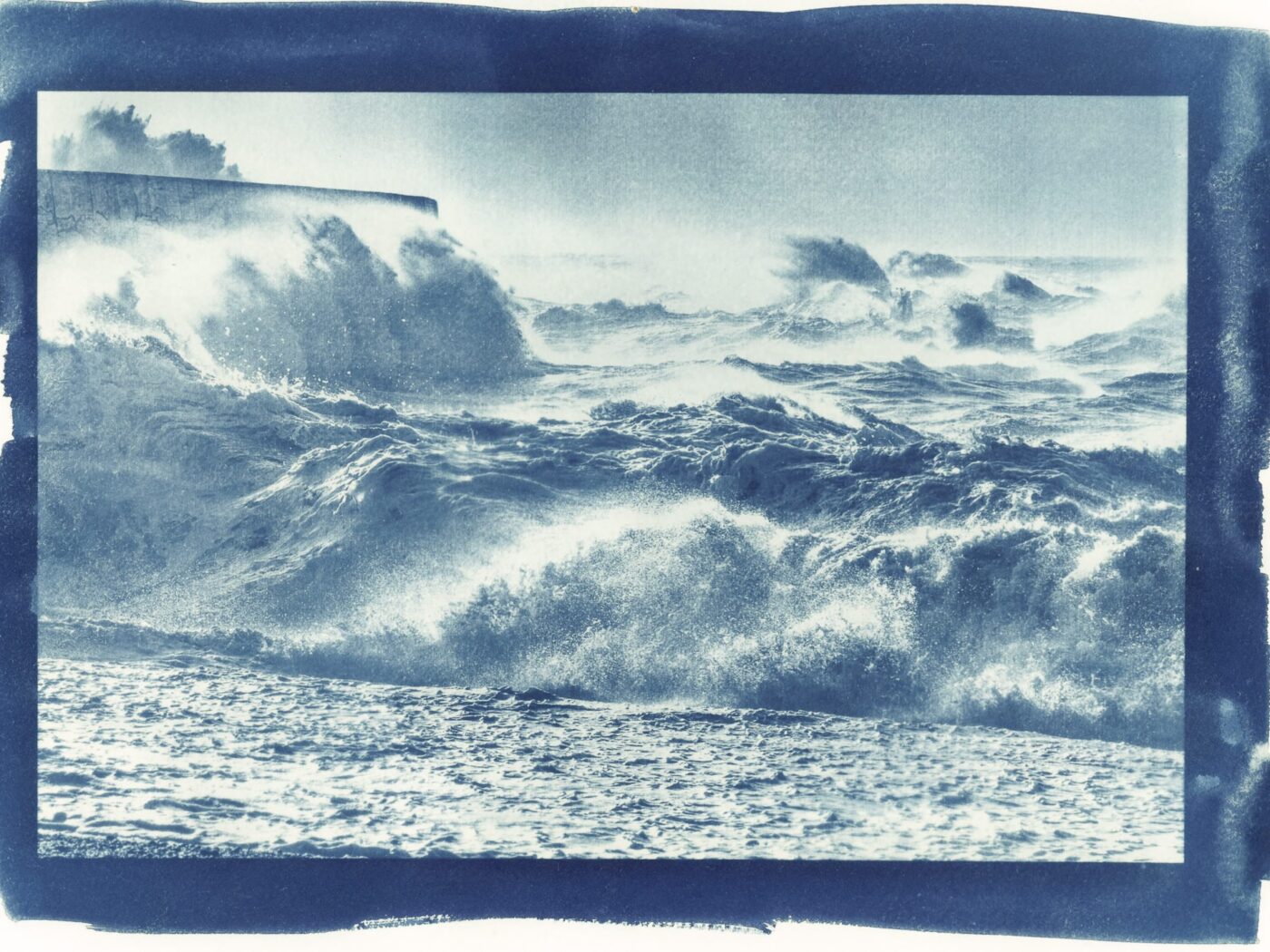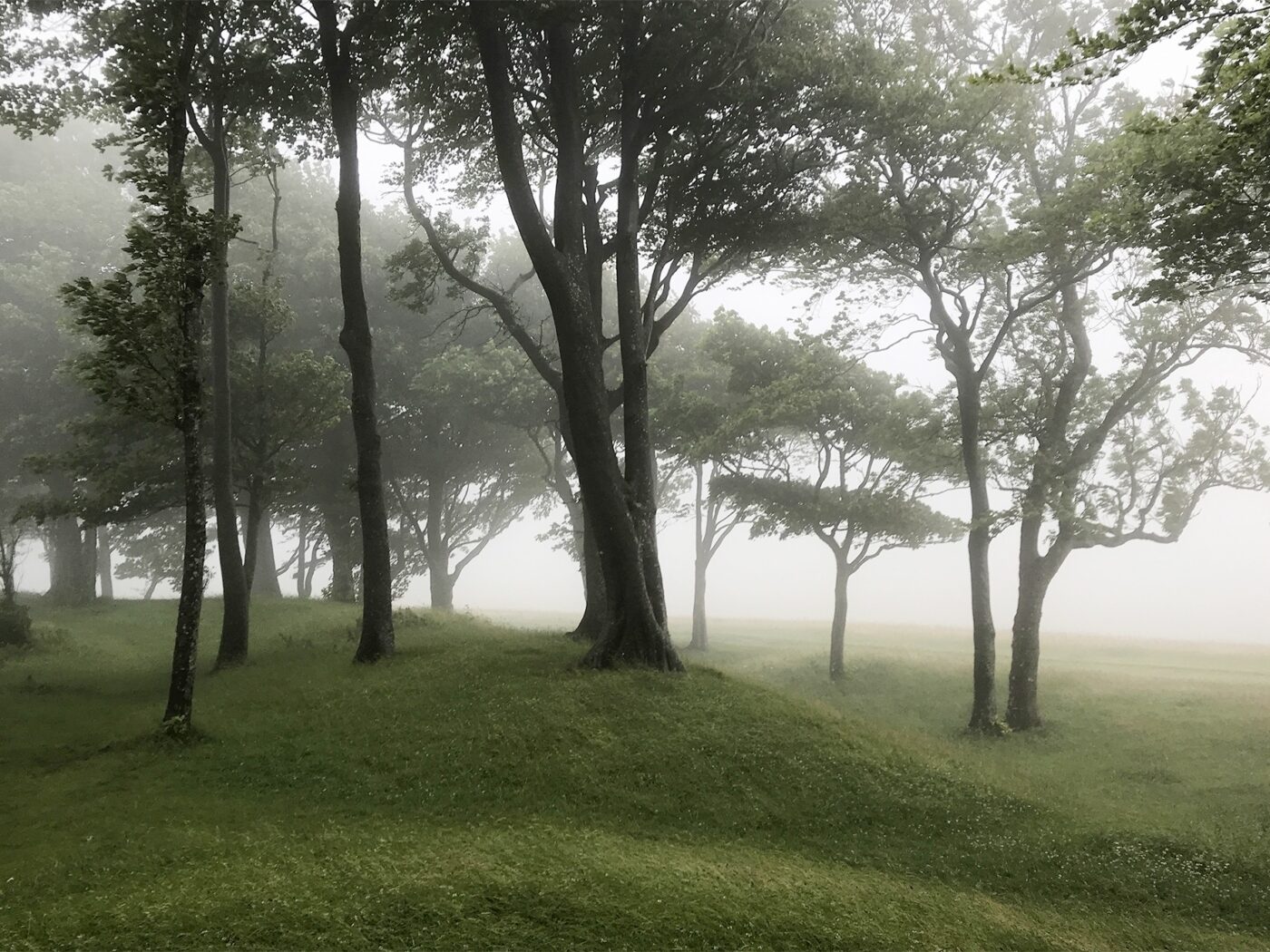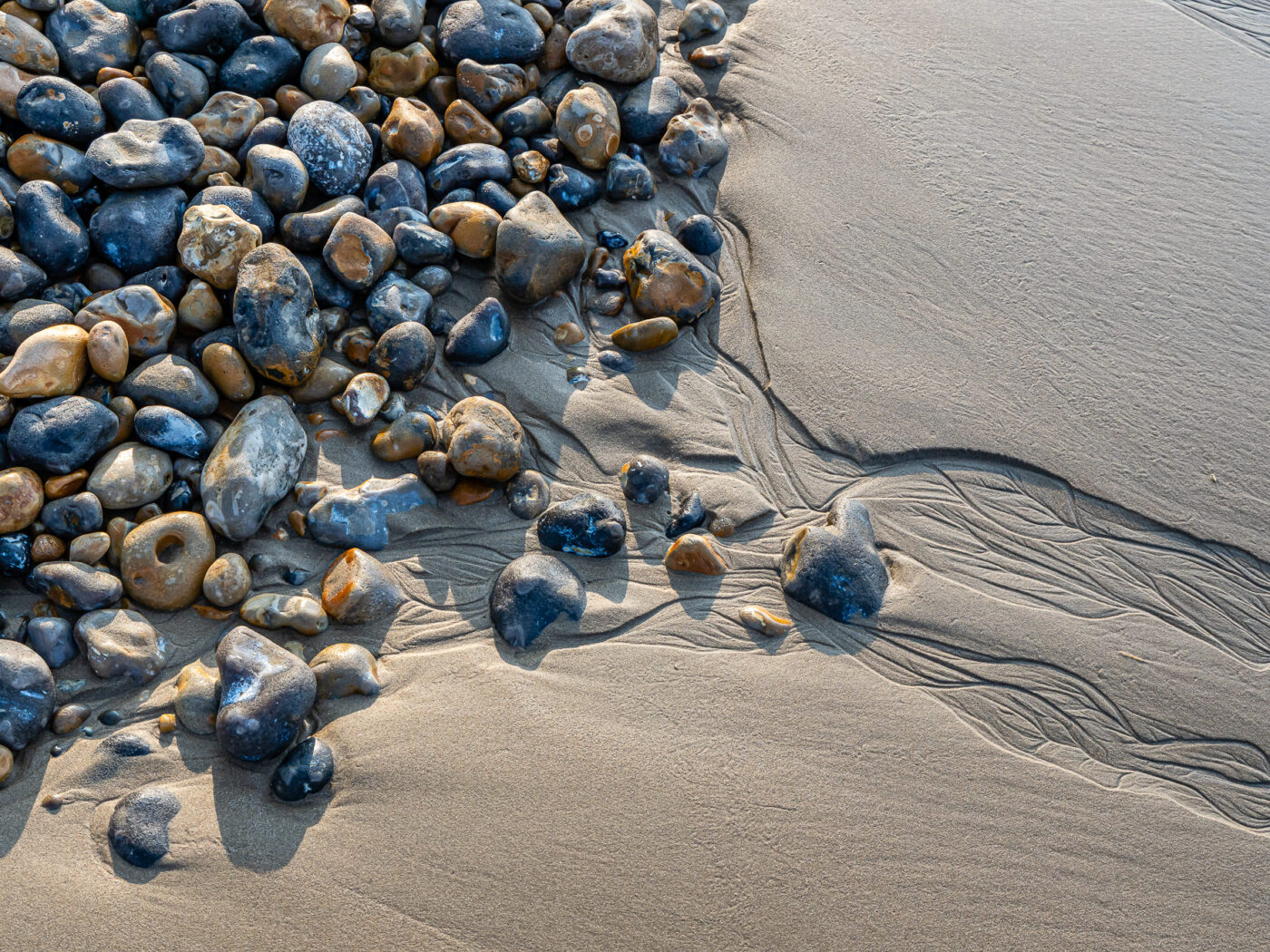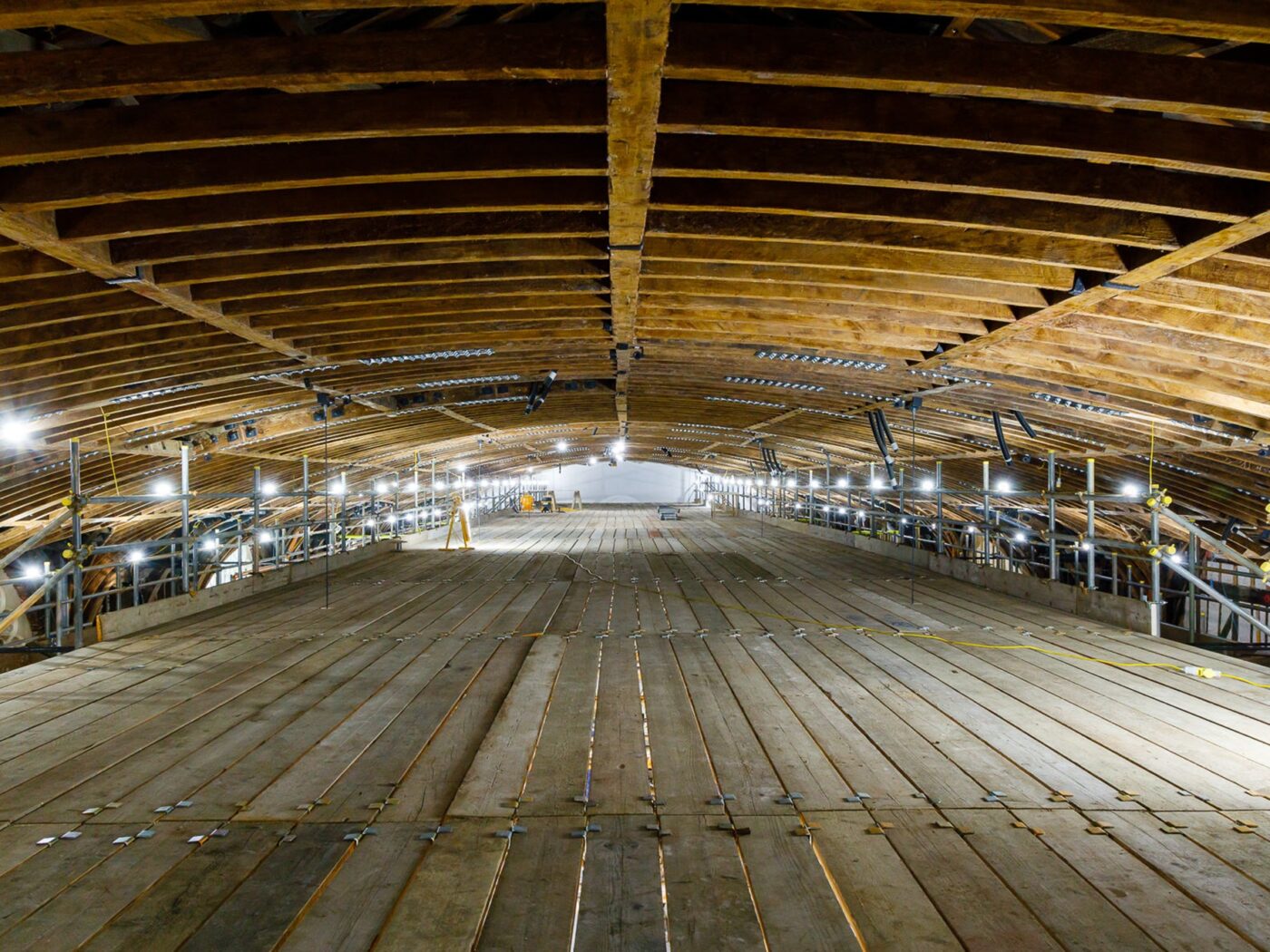Next step: cyanotype portraiture
Over my past couple of blog posts I have been telling you about my cyanotype journey during lockdown. After experimenting with photographs of storms, wild seas and dramatic landscapes, I wanted to see how this technique would work for portraiture.
I began hunting through the largest collection of portraits in my archive – my Lewes Bonfire photos. I was interested to see what this process could add to the atmosphere of the photos. Again, it took a lot of trial and error. In order for the technique to work, I discovered the photos needed certain qualities. If the light falling on a face was too flat, the photo would not translate well into cyanotype. The same was the case if there was not enough detail – or there was too much, or if the photo was not sharp enough, or if it was too dark. But for the successful ones, the process added a drama and a mystery that would not have been possible by digital means alone.
I have been so excited by the results of my bonfire cyanotypes that I am self-publishing a book of them. It will be available for sale during my Artwave exhibit and also by mail order. More information is available here, and an online version of the book can be viewed here.
A large selection of this new work will be shown as part of the Lewes District Artwave Festival in a joint exhibit with artist Kelly Hall. You can find us at 111 High St, Lewes, BN7 1XY, opposite Shelley’s Hotel. We will be open the first three weekends in September, 11am-5pm. Please do come by and say hello!
You can find a selection of my cyanotypes here and learn how I create them here.
Please get in touch if you have a workplace, an event, a celebration, a portrait or a building project you would like to have photographed.
